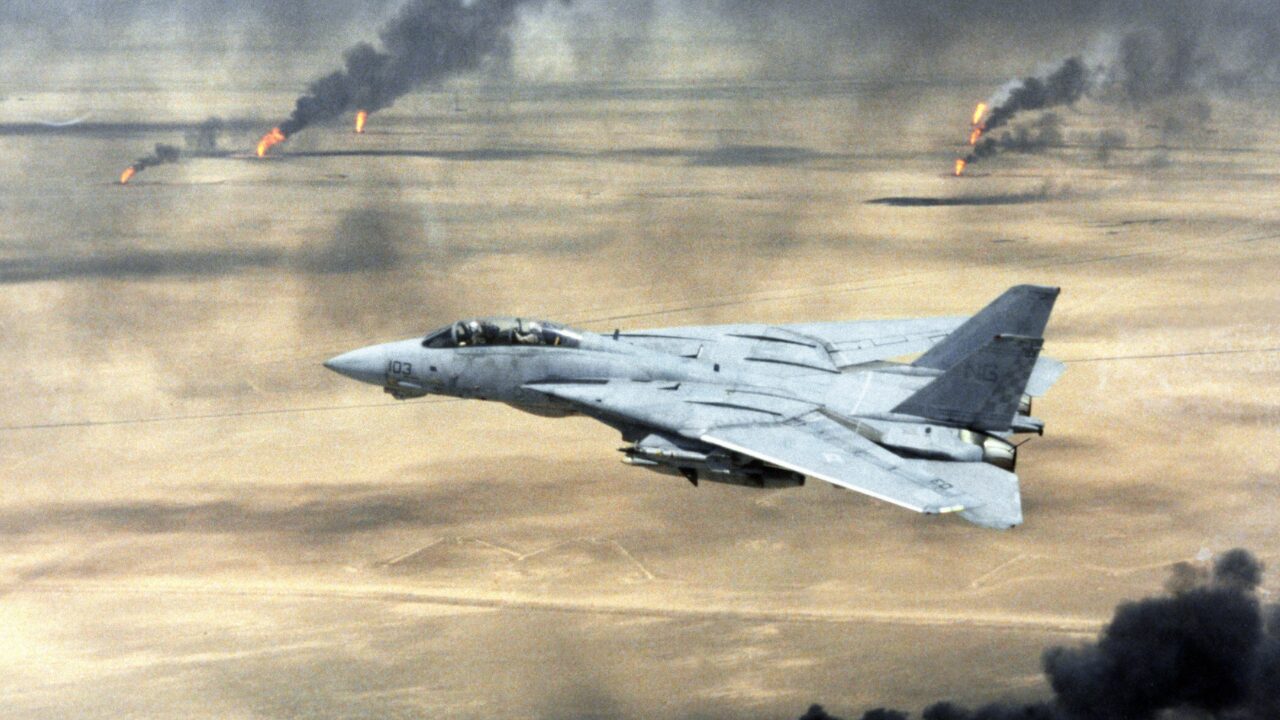Date first published: 24/06/2025
Key sectors: all
Key risks: regional tensions; regional escalation; geopolitical tensions
Risk development
On 13 June Israel struck Tehran’s nuclear facilities, missile sites and military command centres in Tehran. The attack prompted an immediate Iranian response with ‘Operation True Promise III’. Rejecting US President Donald Trump’s calls for “unconditional surrender”, on 17 June Iranian Supreme Leader Ayatollah Ali Khamenei declared that “the battle begins”. The conflict escalated significantly with US intervention on 22 June, when B‑2 bombers and cruise missiles hit Iran’s Fordow, Natanz and Isfahan nuclear sites. Iranian Foreign Minister Abbas Araghchi commented that Washington and Tel Aviv had “crossed a very big red line”. Tehran responded on 23 June by launching a calibrated missile attack on the US Al Udeid Air Base in Doha, Qatar.
Why it matters
This regional conflict marked an unprecedented intensification in terms of missile volume, duration and breadth of target. Iran and Israel have exchanged missiles daily since Israel’s ‘Operation Rising Lion’ began on 13 June, both targeting military sites, civilian buildings and key energy infrastructure. Official estimates indicate that at least 500, mostly civilians, were killed and 3,500 injured in Iran, while 25 were killed and over 1,300 injured in Israel since 13 June. Moreover, US intervention has been significant. Militarily, it was the only state capable of deploying bunker-buster bombs via B-2 aircraft, executing what the administration termed “successful” strikes on Fordow and Natanz nuclear sites. Strategically, Washington’s early involvement likely aimed to preempt a drawn-out war of attrition between Iran and Israel, mitigate the risk of uncontrolled escalation and limit Israel’s incentive to pursue further unilateral military action.
Israeli Prime Minister Benjamin Netanyahu stated that Tel Aviv’s operation focused on three primary objectives – all of which appear to have been achieved. First, to prevent Tehran from developing nuclear weapons, with US Vice President JD Vance declaring that Iran is no longer capable of building a nuclear weapon following the US strikes. Second, to destroy Iran’s ballistic missile production capabilities, which Netanyahu stated has also been successfully accomplished. The third objective – dismantling Iran’s network of regional militias – was not explicitly mentioned in recent statements, but the absence of militia attacks during the 12-day conflict marks a strategic win for Israel.
Background
Tensions between Israel and Iran escalated following Iran’s first direct attack on Israeli territory on 13 April 2024, in retaliation for an Israeli airstrike on the Iranian consulate compound in the Syrian capital Damascus on 1 April. In response, Tel Aviv conducted a targeted operation against an S-300 air defence system near Isfahan, Isfahan province, underscoring its advanced precision-strike capabilities and willingness to directly challenge Iranian military infrastructure within its borders.
Risk outlook
Iran’s restrained response to US strikes allowed it to maintain domestic credibility while avoiding a broader conflict. Critically, Iran refrained from its most destabilising option, the closure of the Strait of Hormuz, preserving vital global energy flows. Both the US and Israel have expressed readiness to return to diplomacy, leveraging military action to pursue a peace-through-strength approach. However, uncertainty lingers. The terms of the 24 June ceasefire remain vague, and Iran’s willingness to resume talks after being attacked mid-negotiation is uncertain. After Tehran advanced a bill on 23 June to suspend cooperation with the International Atomic Energy Agency (IAEA), it risks diplomatic isolation that could undermine its ability to engage in international negotiations. In Israel, Operation Rising Lion – launched on the same night the government narrowly survived a no-confidence vote – is likely to bolster the coalition’s stability.

